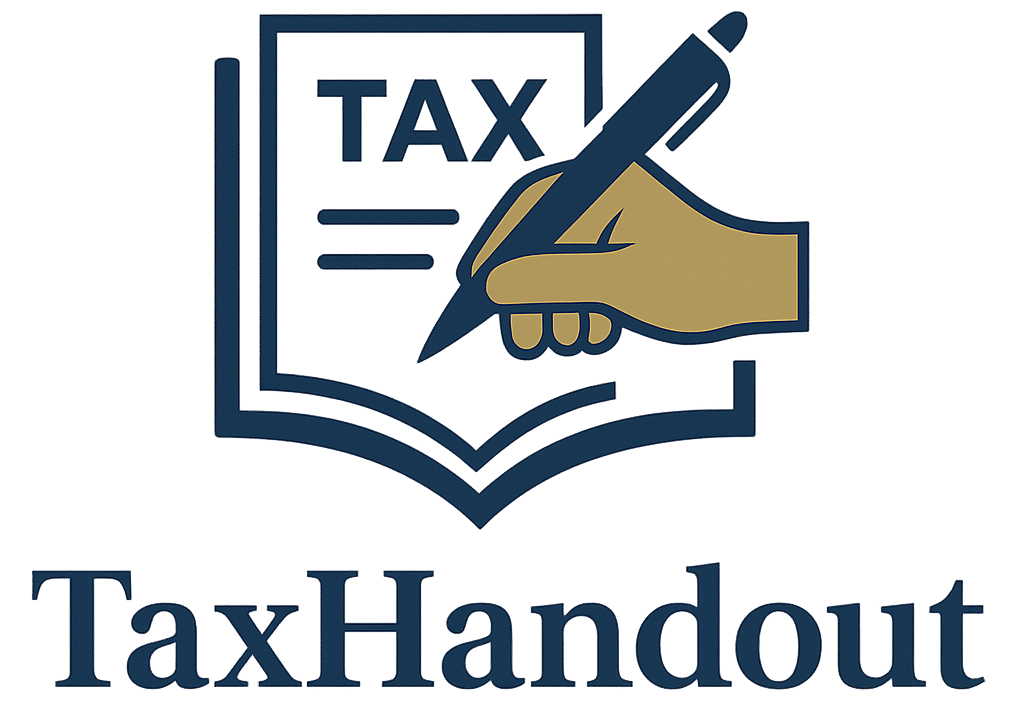Under the GST regime, tax officers have the power to inspect, search, and seize goods or documents — but these powers are not unlimited. They are governed strictly under Section 67 of the CGST Act, 2017, and further refined by CBIC’s Instruction No. 01/2022-23 (GST Investigation), issued on 25th May 2022.
In this handout, we’ll explain:
- What Section 67 allows
- How and when officers can exercise these powers
- What safeguards are in place for taxpayers
- Detailed real-world examples
- And important highlights from CBIC’s instructions
Legal Backbone: Section 67 of CGST Act
Section 67 lays down provisions relating to:
- Inspection – Visiting premises for checks.
- Search – Physically searching a place.
- Seizure – Taking possession of goods/documents.
These are powerful tools but can only be used when authorized reasons to believe are recorded.
➤ Section 67(1): Inspection
GST officers (Joint Commissioner or above) may authorise inspection if there are reasons to believe:
- Tax evasion
- Excess ITC claimed
- Unaccounted transactions
➤ Section 67(2): Search & Seizure
When an officer believes:
- Goods are stored in unreported premises
- Books are hidden to evade tax
He may authorize search of premises and seize goods and documents.
➤ Section 67(3 to 6): Access, Release & Disposal
- Electronic access must be provided
- Seized goods to be returned in 6 months
- Perishable goods can be sold early
- Books/documents returned in 30 days if no SCN is issued
Example: Unregistered Godown Found
Case: GST officers receive intel(reasons to believe) about Company Z storing unbilled goods in a godown not declared in GST registration.
✅ Action under Section 67:
- Joint Commissioner authorises inspection via GST INS-01
- Officers visit godown with 2 independent witnesses
- Goods found unaccounted (₹80 lakh value)
- Panchnama prepared in GST INS-02 and handed over immediately
- Officers clone accounting software data from office laptop
- Videography done to record the process
🎯 Result: Evidence gathered, SCN issued under Section 74.
Rights & Duties of Taxpayer During Search
🔹Always ask for Search Authorization copy
🔹 Ensure 2 independent witnesses are present
🔹 Demand a copy of panchnama and any statement recorded
🔹 Cooperate without fear — but do not sign blank papers
🔹 Consult your Chartered Accountant immediately
Safeguards for Taxpayers
✅ The officer must record “reasons to believe” in writing.
✅ You are entitled to get a panchnama (inspection report).
✅ You can apply for provisional release.
✅ Seizure doesn’t mean tax liability is final — proper adjudication is still needed.
Important Advisory
In practice, some officers misuse inspection powers. As a taxpayer:
- Maintain proper stock and ITC records
- Disclose all godowns in GST registration
- Keep backups of digital records
- Take professional advice during any inspection or search
CBIC Instruction No. 01/2022-23 (GST-Investigation)
Issued on 25th May 2022, this Instruction standardised the inspection/search/seizure process under Section 67. Some major points:
1. Search Authorisation (Form GST INS-01)
Search must be duly authorised by a competent officer (Joint Commissioner or above).
2. Proper Panchnama (GST INS-02)
A panchnama (seizure memo) must be prepared in presence of two independent witnesses and duly signed.
3. Copy of Panchnama and Statement
Must be provided to the person searched on the spot. No delay permitted.
4. Digital Evidence Handling
- Devices like laptops, hard drives may be seized
- Passwords and access must be asked politely
- Cloning data is preferred; original should be returned early
5. Videography Encouraged
To ensure transparency, use of video recording during search is recommended.
6. Avoid Coercion
No taxpayer should be forced into confession or sign blank papers.
7. Female Occupants’ Rights
If a residential premise is searched, and women are present:
Entry only after informing and presence of female officers.
8. Scope of Instruction & Binding Nature
“The procedures laid down in this instruction are required to be followed by the officers of CGST formations during the course of search operations. Any deviation should be duly approved by the jurisdictional Principal Commissioner/Commissioner.”
This means the instruction is not merely advisory but binding, and any deviation must be justified in writing by a senior officer.
9. Execution Time & Manner of Entry
Entry into the premises should ideally be done during reasonable hours (after sunrise and before sunset), unless there’s a valid reason otherwise (as per Instruction Para 4).
10. Identification & Behaviour of Officers
Officers must:
- Wear proper identification badges
- Carry and show authorization letters
- Maintain polite and professional conduct at all times
11. Handling of Seized Goods
As per Para 10 of the Instruction:
- Perishable or hazardous goods must be documented clearly and disposed of promptly as per Rule 141 of CGST Rules.
- Non-perishable goods must be listed and preserved properly, with due acknowledgment.
12. Communication with Taxpayer
As clarified in Para 8:
- All statements recorded during the search must be in writing
- Taxpayer must receive a copy of the statement and panchnama without delay
13. Post-Search Report
The Instruction mandates that:
- A Search Report must be submitted to the jurisdictional Commissioner within 24 hours after the conclusion of search (Para 11).
- It should detail:
- Name of premises
- Time of entry & exit
- Items seized
- Any resistance or issues faced
Conclusion
The power of search and seizure is not arbitrary. Section 67 of the CGST Act is backed by due process and procedural instructions like Instruction 01/2022-23. While the law empowers officers to detect fraud, it equally protects honest taxpayers.
As a taxpayer or consultant, always ensure:
- Books are maintained,
- Returns are filed timely,
- All business premises are declared.

